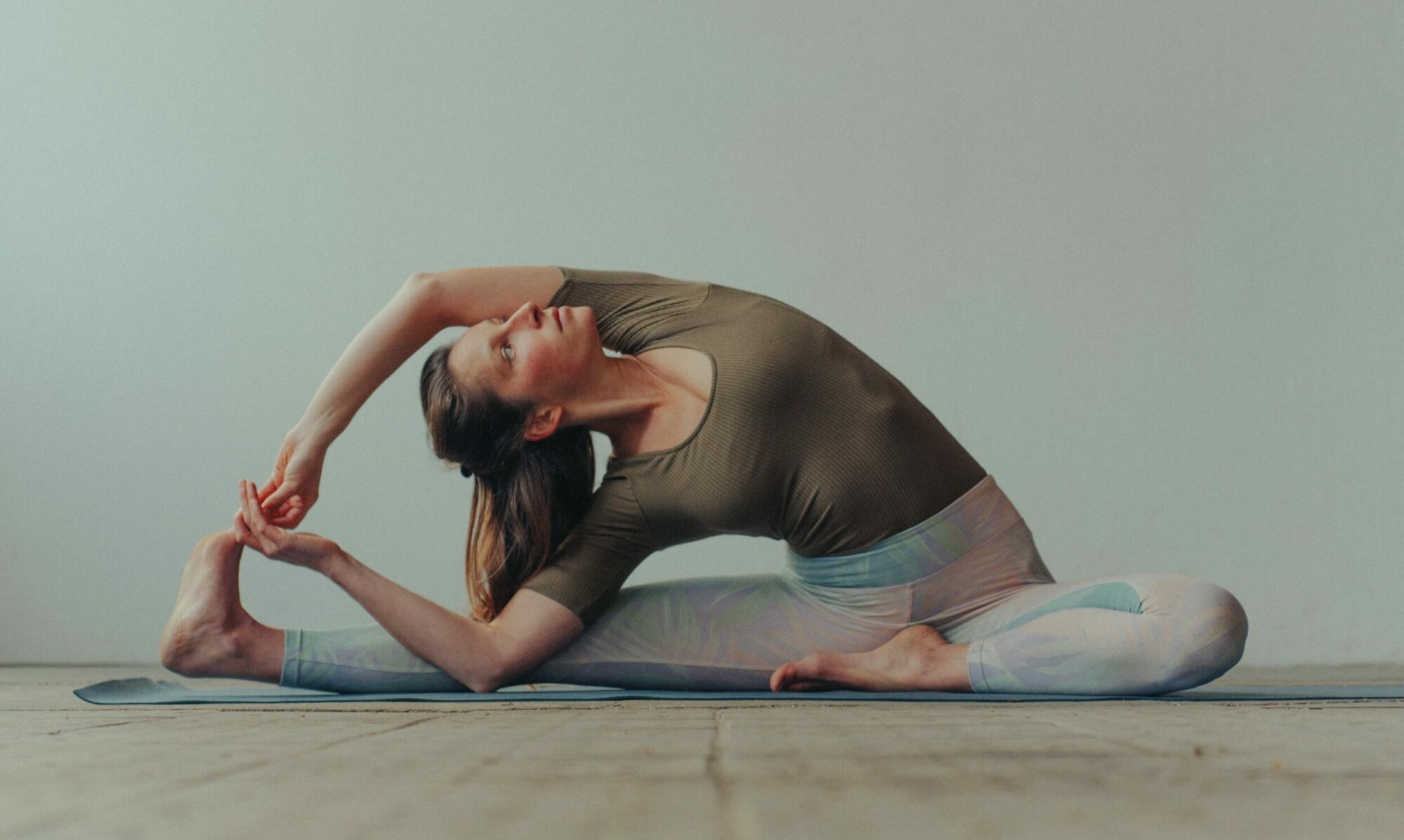Hatha yoga initially means that physical exercises are practiced. Therefore, all yoga styles that focus on physical exercises can initially be described as hatha yoga.
“Hatha” (Sanskrit: to yoke, harness or also strength, persistence, effort) is regarded as the “path of effort or endeavor”, or is understood as “body yoga”.
Hatha yoga is the third link in an eight-stage path, raja yoga (royal yoga), and used to be practiced in conjunction with the other seven links within Indian philosophy. Since the last century and especially in the West, Hatha Yoga has been practiced purely as a physical workout.
Under Hatha Yoga – The Origin you will find a description of the traditional background.
Classical Hatha Yoga has the following basis:
Different body positions (asanas) are performed one after the other in a sequence. Breathing is usually combined with the movement. Once the position has been assumed in its final position, it is held for a short moment or a longer period of time. There are short relaxation phases between the individual positions.
Breathing exercises (pranayama) may be added, which are usually practiced before the asana series begins. The class often concludes with meditation or mantras are chanted at the beginning and end. If all elements are included, the practice is often referred to as Integral Hatha Yoga.
Here is an insight into a classic Hatha Yoga practice, led by Sadhguru:
One school where classical yoga paths are practiced very seriously is the Yoga University Villeret under the direction of Reto Zbinden, which is also the headquarters of the Swiss Yoga Association. They practice different styles with a focus on Selvarajan Yesudian, Sri Satchitananda Yogi and Theos Bernard.
Some of the articles on this page “Yoga styles in comparison” are thanks to Reto Zbinden’s in-depth studies. Many thanks for this!
Continue to the next yoga style: Hot- & Bikramyoga
